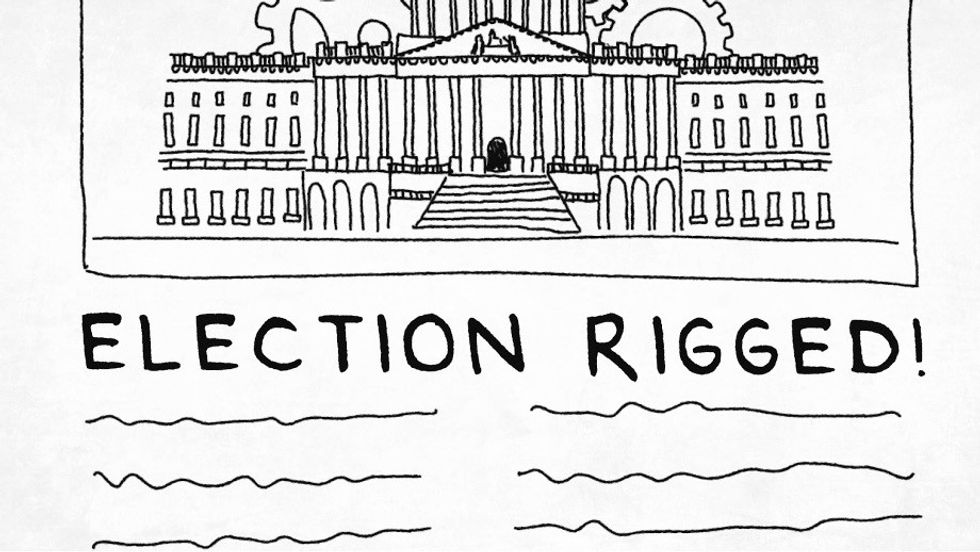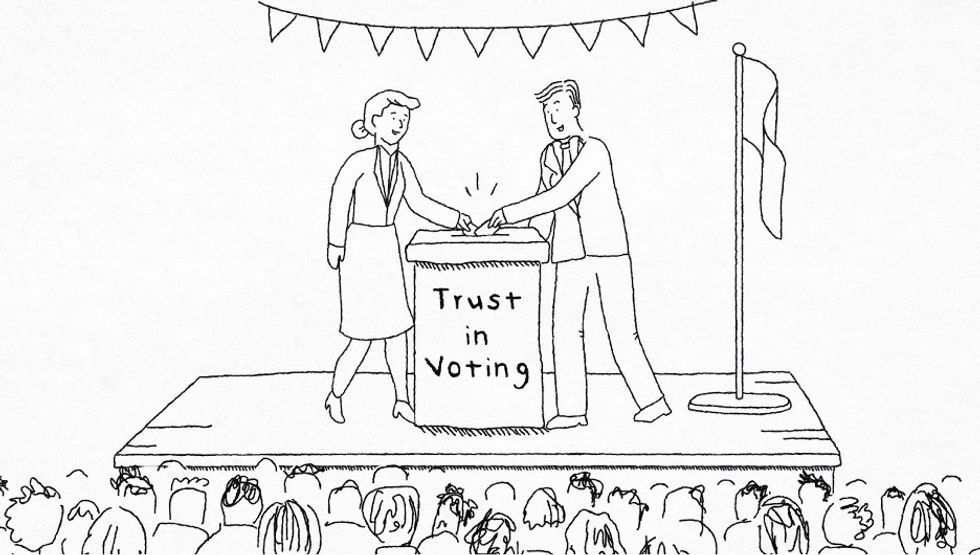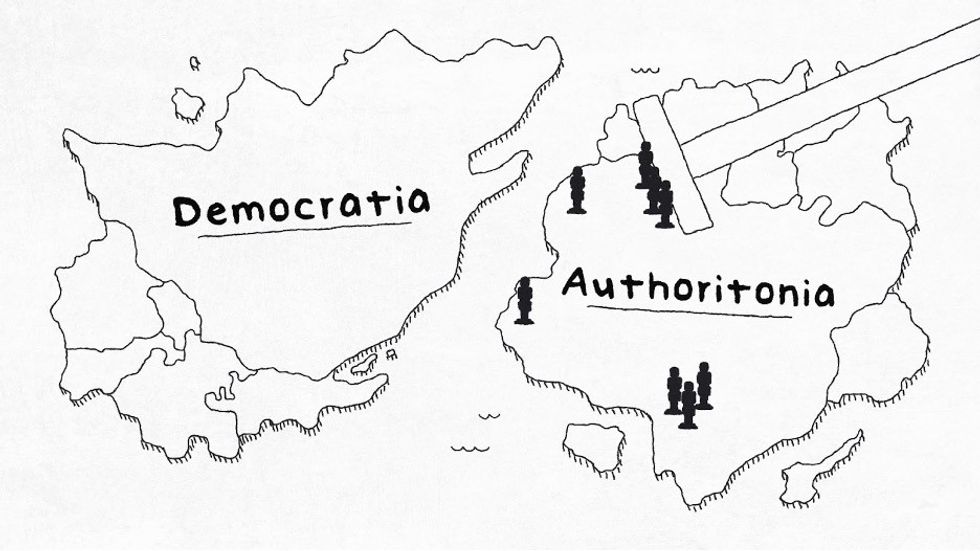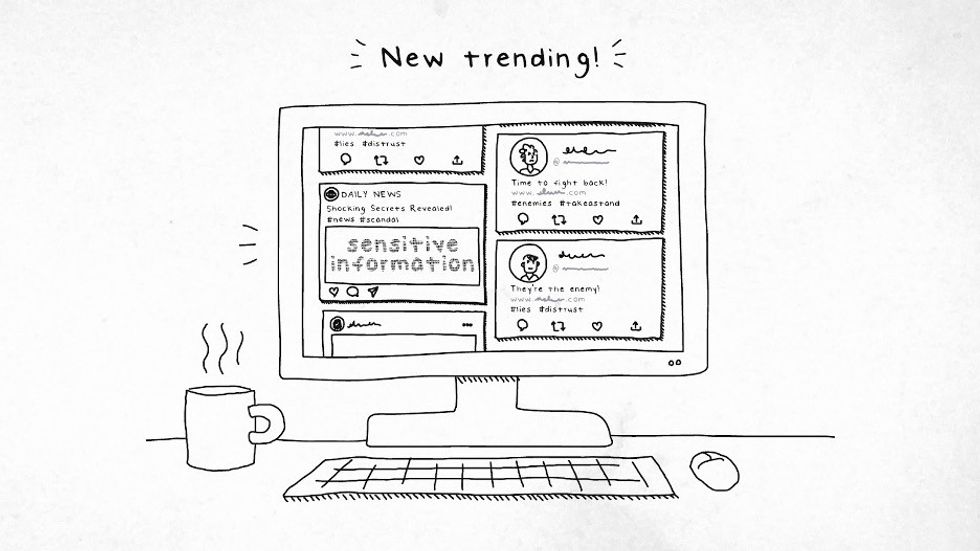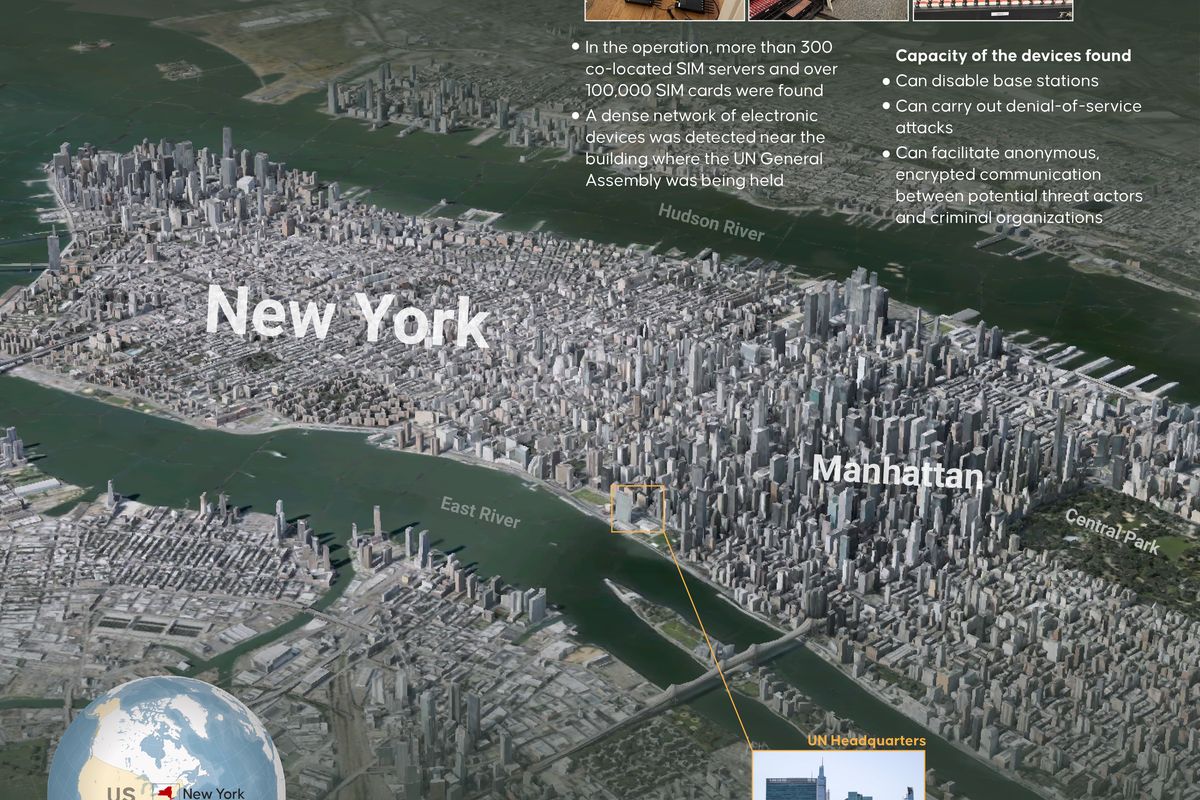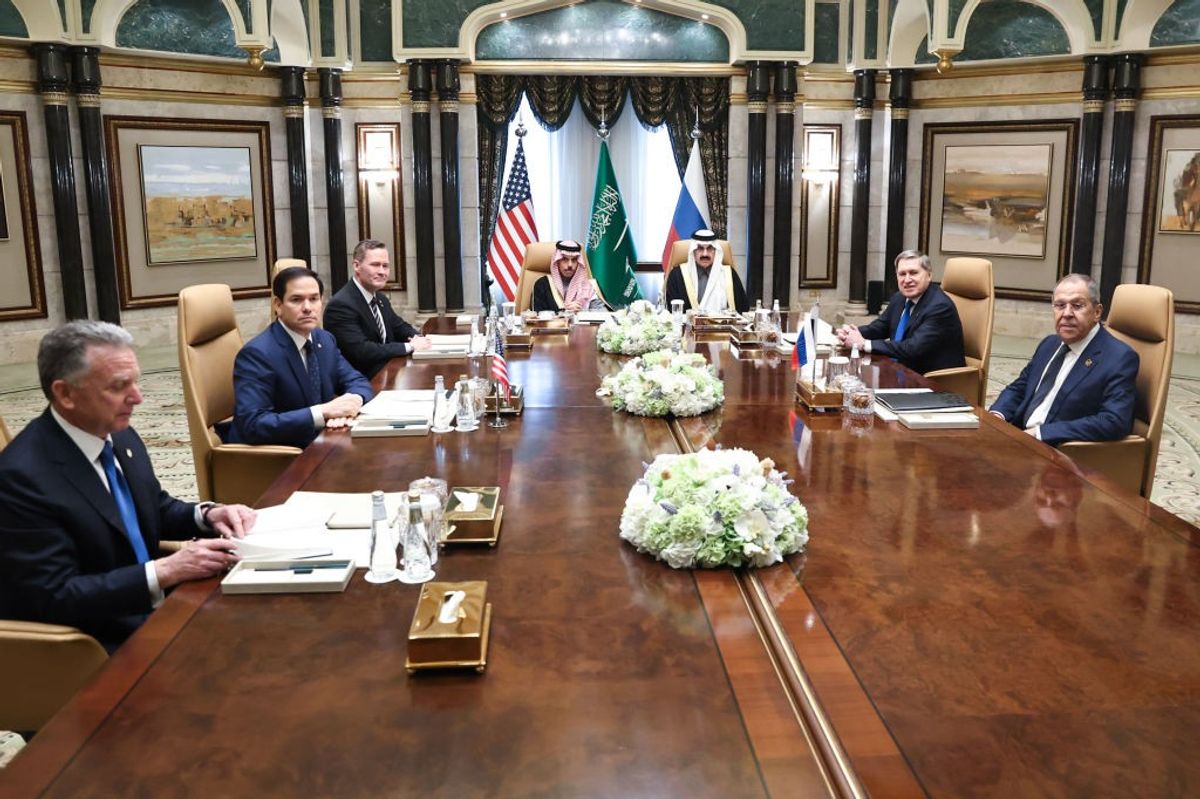OPINION — Democratic systems around the globe are under serious threat - disinformation campaigns have tremendous power to undermine our social and political systems from within, and they’re being launched with unprecedented frequency and power to convince you to feel and act, a certain way.
The American people in particular are facing a flurry of mis- and disinformation campaigns –– a flurry that is likely to become a full-blown blizzard as we approach the 2024 Presidential Elections. The Cipher Brief reported recently on the intelligence community’s 2024 Annual Threat Assessment, which highlighted the likelihood and power of increased efforts from Russia, China, and other states to influence the American people’s thinking regarding the upcoming presidential election.
The New York Times reported recently on the existence of Russian propaganda websites that are made to look like legitimate news organizations. Aimed at Americans, these sites are meant to give the appearance of legitimate reporting to back up the stories they post on social media which often get shared and reposted by unknowing people who don’t do enough digging beforehand.
It’s not a threat unique to Americans: French newspaper Le Monde has also reported on a “vast network” of Russian disinformation websites targeting a European audience.
With this in mind, The Cipher Brief wanted to be a part of the fight to protect our democracy – by first getting granular about what it is, so we produced a public service video to outline the dangers of disinformation to U.S. society. We believe that the first line of defense is gaining a comprehensive understanding of the motives and tactics of those entities that aim to destroy us.
Here are some behind-the-scenes questions and answers meant to shed light on our editorial approach to making the video.
Why did you include the phrase ‘rigged elections’? Isn’t that a politically motivated phrase?
The idea that elections are rigged is not an issue unique to the United States. We decided to use this concept as a general example of political distrust and division, without the intention to tie it specifically to the claims currently circulating throughout the U.S.’s political and social spheres.
While discussing gridlock, political apathy, and distrust, it was important to show viewers headlines and topics that they’ve seen in their own news and social feeds to connect this video to the real world. One of these talking points that is particularly applicable today is the sentiment that elections are rigged. No matter one’s personal beliefs on the validity of Donald Trump’s claims, adversaries use issues like these to destroy trust in the most fundamental part of democracy –– elections. Without faith in free and fair elections, democracy has no foundation, no power. It resembles an empty shell of what it once was.
We made the decision to bring this sentiment back while advocating for bipartisan cooperation. We could have had the two politicians do anything together to represent cooperation and rebuilding institutional trust – but what is more in need of trust to perform its basic function than elections?
It’s true that our current system has problems – nothing is perfect – but doing the work required to increase public trust is a must. Whether it be trust in the voting process, trusting representatives to represent constituents fairly, or literally any other issue, the American people (politicians included) have a duty to be worthy of trust.
What sort of creative decisions went into the making of the video?
Packing a complicated topic like disinformation and how U.S. adversaries are using it to disrupt democracy into a 3-minute video was a unique challenge that led to some interesting visual elements and storytelling techniques. Each and every decision we made was considered with care and intent – even down to the subconscious messaging one may not even realize they receive.
Watching Authoritonia come in and move from the right may have felt “off” or unsettling to you – and that was the intention. In many films, television shows, and other visual media, most of the action tends to flow “naturally” from the left to the right. It’s the direction we read in, it’s the way we visualize timelines, it’s the way we see progress. It’s comfortable. Knowing this, we decided to switch things up. This threat is not supposed to make you comfortable. Simply switching the direction of movement acts as a signal that something is out of the ordinary, unnatural.
How did The Cipher Brief visually approach the task of making this video relatable for viewers?
Did this remind you of your own desk? Telling you about disinformation tactics and purposes by adversaries is one thing but seeing them used in a familiar environment is another. No matter how hard one tries, or how immune one thinks they might be to these campaigns, chances are that they are regularly exposed to these campaigns without even realizing it. We wanted to portray the tactics used by adversaries to reflect a relatable atmosphere.
The Cipher Brief is committed to reporting on the issues salient to our nation’s future. Our team worked diligently to provide this public service announcement in the hopes that it helps remind audiences of the powers at play to manipulate their thinking. You hold power in deciding whether democracy should be allowed to crumble or if it is worth protecting. Let’s make the right choice – equipped with all of the knowledge and capabilities to do so. If you agree, share the video on social media and be sure to tag us so we can thank you.
Read more expert-driven national security insights, perspective and analysis in The Cipher Brief because National Security is Everyone’s Business.



